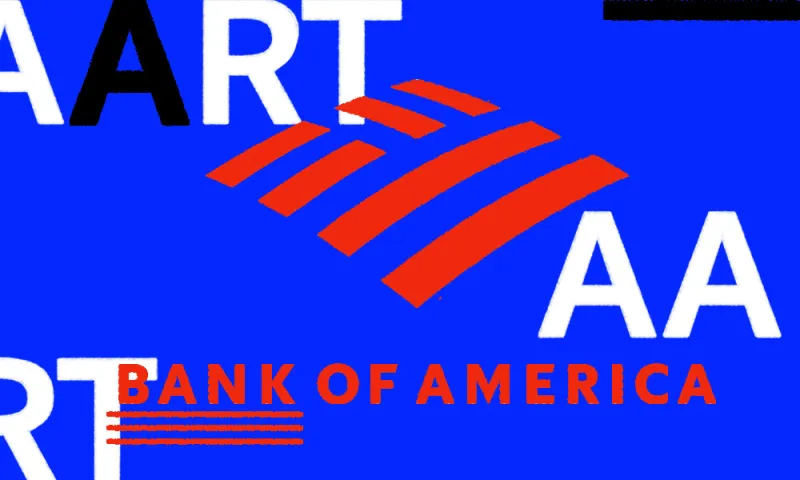Hedge fund spending on sell-side research has plummeted — but managers are still willing to shell out for the very best providers.
The 2019 All-America Research Team: Hedge Fund Cut ranks hedge funds’ favorite sell-side analysts and research providers. It put voters’ money where their mouths are, with a revamped methodology that weights survey respondents based on how much they spend on equity commissions, as opposed to their assets under management. Voters were also asked to rank the top firms in each sector, in addition to rating individual analysts.
Bank of America Merrill Lynch debuts atop the new commission-weighted ranking of research groups, collecting a total of 45 team positions across the 60 industry and economic sectors included in this year’s survey. JPMorgan Chase & Co. — voted hedge funds’ No. 1 research provider in 2018’s AUM-weighted ranking — places second with 41 team positions.
[II Deep Dive: In the All-America Research Team, JPMorgan Triumphs Again]
“Across the buy side — with the exception of the fastest-growing hedge funds and the very top hedge funds — the total research wallet is down dramatically,” says Brett Hodess, head of Americas equity research at BofA Merrill Lynch. Research budgets have remained “fairly stable” among the larger hedge funds, “but they are consolidating to fewer firms,” Hodess added. “It seems to be that their top 10 providers are really picking up share of the wallet.”
The overall decline in spending on sell-side research can be traced to a number of factors, including the recent surge in passive investing and the downward trend for fees. Hedge funds have also shifted resources away from traditional fundamental stock analysis and toward quantitative research and alternative data.
The sell side’s top research providers have stayed ahead of the curve by implementing data science initiatives and expanding quantitative analysis. BofA Merrill Lynch, for instance, has built out a “small but very effective data science team that’s embedded here with the analysts,” Hodess said. “Our fundamental analysts know better than anybody else what questions to ask. So the analysts go to the data science team with their questions, and the data scientists work closely with those analysts to find the answers.”
Even as the investment universe becomes more data-centric, Hodess argued that fundamental stock research remains important for hedge funds and other sell-side clients. “The hedge funds that have lots of analysts and lots of portfolio managers are still very fundamentals-focused,” he says. “They use data to provide evidence for fundamental views, but they’re still very much in the weeds looking at companies from bottoms-up as well as top-down.”
Despite having large research staffs of their own, “most of our hedge fund clients still have a cadre of trusted, experienced [sell-side] analysts they talk to, even if they’ve maybe narrowed it down,” Hoddess added. “My job as director of research is to make sure we’re one of those trusted advisors.” Hedge fund analysts tend to cover far more stocks than does the typical sell-side analyst, so his team adds value by providing depth and detail.
“It’s still quite important for most of hedge fund clients,” Hoddess said. “Their reliance on the sell side is at least as high as it was several years ago, and in some cases higher.”







